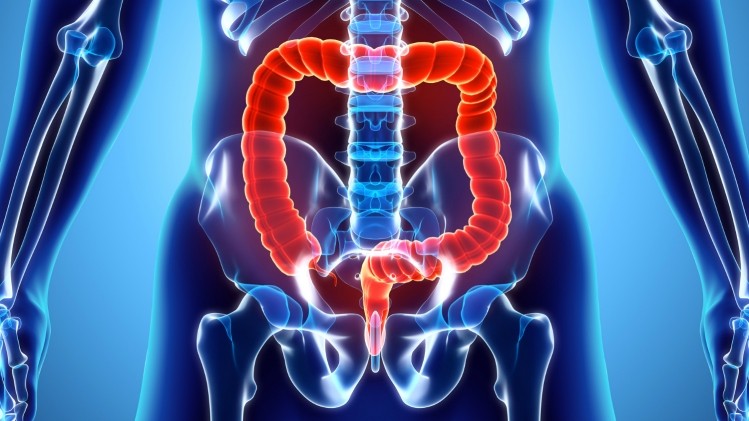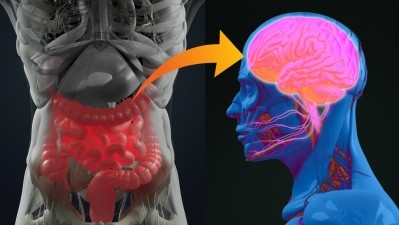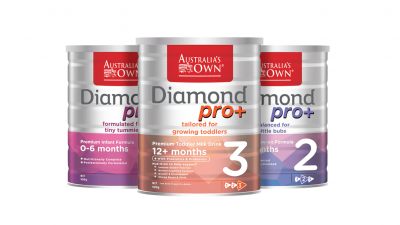The highs and lows of gut health: Indian study explores how altitude influences the microbiome

Researchers at the Translational Health Science and Technology Institute, All India Institute of Medical Sciences and Oxford University conducted a study to investigate the gut microbiome of residents in three different communities in North India: 49 individuals residing in sea-level Ballabhgarh in Haryana — in both the rural and urban areas — and 35 individuals residing in the rural high-altitude town of Leh in Ladakh.
Ballabhgarh is located 228m above sea level, while Leh is considered the "highest plateau of the Indian state of Jammu and Kashmir, with a height of 3,500 m above sea level".
Community testing
The researchers recruited 84 healthy adults between 18 and 60 years of age, who had no history of concurrent acute medical illness, chronic illness, atopic disease, metabolic syndrome, obesity, moderate to severe undernutrition / malnutrition, chronic gastrointestinal diseases or gastrointestinal malignancy, and no strong family history of colorectal cancer.
They also had no symptoms of gastrointestinal disease, history of antibiotic use in the preceding three months, history of high-risk sexual behaviour or illicit drug use in the preceding six months.
Their faecal samples were collected and tested for ova or cyst; a stool culture test was also performed.
The researchers then reported that the gut microbiome of the different Indian communities studied was dominated by the bacteria Firmicutes, followed by Bacteroidetes, Actinobateria and Proteobacteria.
They added that 54 core bacterial genera were detected across the three communities, but said topographical location and dietary intake influenced "specific signatures" of individuals' gut bacterial composition.
For those living in Leh, their gut microbome was reported to be considerably similar, with a high level of Bacteroidetes and low level of Proteobacteria.
On the contrary, those living in both the urban and rural areas of Ballabhgarh were found to have a higher abundance of Firmicutes and Proteobacteria, enhanced by microbial xenobiotic degradation pathways, meaning they were better equipped to remove environmentally harmful compounds from the gut.
The rural Ballabhgarh community in particular had a unique microbiome, characterised not just by greater diversity, but a higher degree of homogeneity among individual members of the community.
Products of the environment
These observations led the researchers to highlight the importance of a variety of common environmental exposures in determining gut microbial ecology.
While factors such as fibre supplementation, synbiotic administration and exercise and fitness have been studied extensively for their impact on gut microbiome composition, the impact of exposure to environmental factors on the gut microbiome is far less well-researched.
The researchers concluded: "In the present study, a detailed analysis of the gut microbiome of healthy Indians clearly reflects the Firmicutes-dominated microbiota in the Indian subjects living in two distinct geographical locations.
"Further analysis revealed distinct microbial signatures in each region. The minimal representation of Proteobacteria in the gut of (the) Leh population is very attractive, and represents a potential source of healthy gut microbiota in faecal microbiome transplantation-based therapeutics.
"Although all three groups had healthy individuals, (the) rural community from a low-altitude area (Ballabhgarh) had a unique microbiome characterised not only by higher diversity, but also a higher degree of homogeneity within the same cohort.
"The insights from the current findings thus have high translational value, considering the identification of ideal subjects as donors for faecal microbiome transplantation."
Source: Scientific Reports
https://doi.org/10.1038/s41598-018-28550-3"Analysis of the Gut Microbiome of Rural and Urban Healthy Indians Living in Sea Level and High Altitude Areas"
Authors: Bhabatosh Das, et al


















